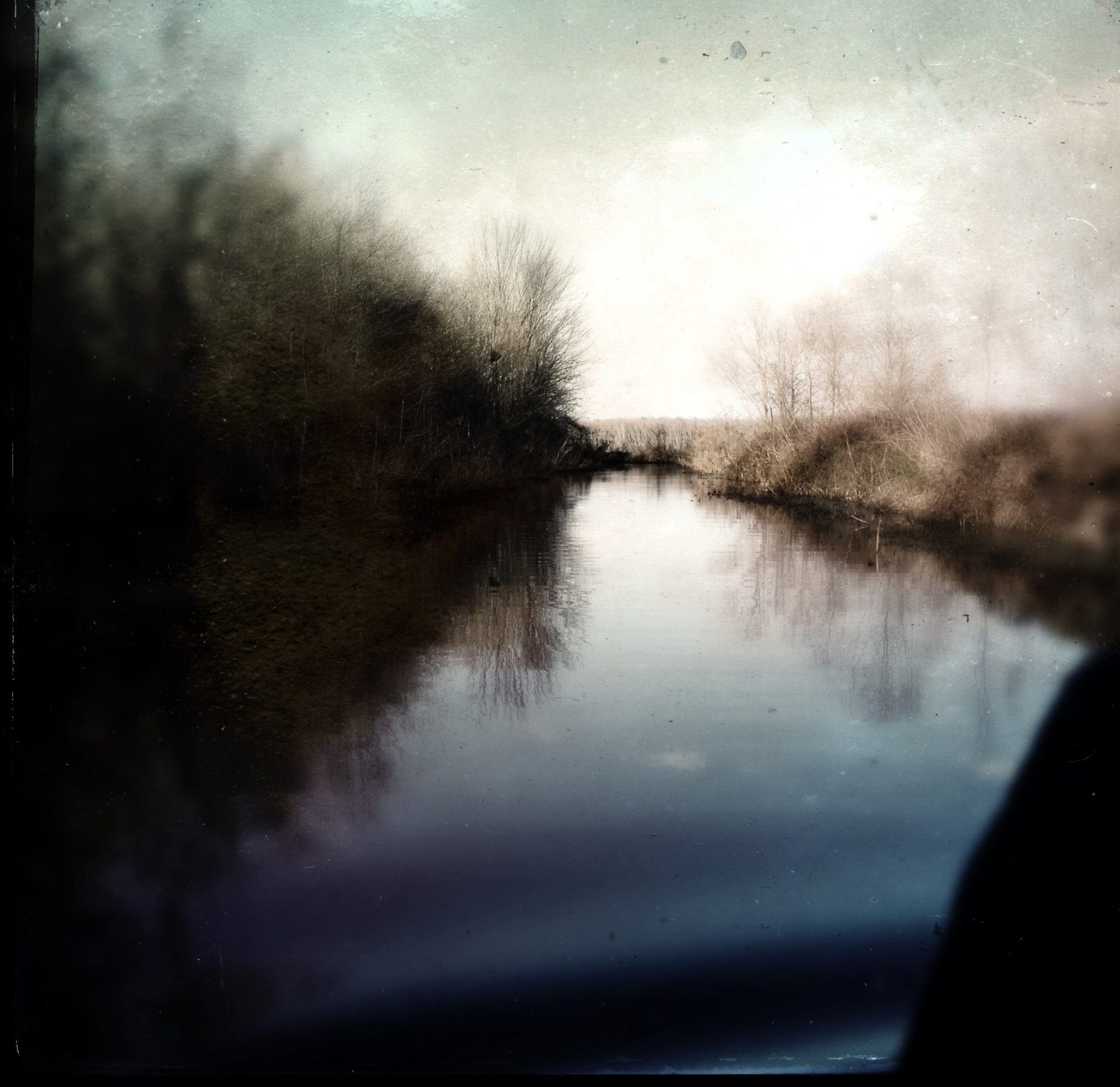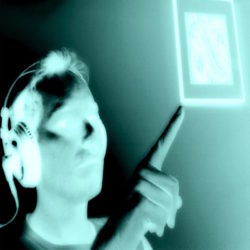I’ve been on a Bruce Lee kick (no pun intended) as of late. Okay, maybe the pun was intended. Anyway, I watched the following “Lost Interview” of Lee by the stodgy Pierre Berton. I was struck by the contrast in body language between the two men–Bruce Lee’s animation and joie de vivre compared with Berton’s stiff reserve. The interview inspired me to dig a little deeper into Lee’s philosophy and I was surprised to discover how beautifully he was able to articulate and embody the Somatic/Experiential principles I have been contemplating lately. Check it out:
From Bruce Lee:
Ultimately, martial art means honestly expressing yourself.
True observation begins when one is devoid of set patterns.
A good martial artist does not become tense but ready. Not thinking yet not dreaming, ready for whatever may come. A martial artist has to take responsibility for himself and face the consequences of his own doing. To have no technique, there is no opponent, because the word “I” does not exist. When the opponent expands I contract and when he contracts, I expand. And when there is an opportunity, “I” do not hit, “It” hits all by itself.
A martial artist who drills exclusively to a set pattern of combat is losing his freedom. He is actually becoming a slave to a choice pattern and feels that the pattern is the real thing. It leads to stagnation because the way of combat is never based on personal choice and fancies, but constantly changes from moment to moment, and the disappointed combatant will soon find out that his “choice routine” lacks pliability. There must be a “being” instead of a “doing” in training. One must be free. Instead of complexity of form, there should be simplicity of expression.
All fixed set patterns are incapable of adaptability or pliability. The truth is outside of all fixed patterns.
Art is the expression of the self. The more complicated and restricted the method, the less the opportunity for expression of one’s original sense of freedom. Though they play an important role in the early stage, the techniques should not be too mechanical, complex or restrictive. If we cling blindly to them, we shall eventually become bound by their limitations. Remember, you are expressing the techniques and not doing the techniques. If somebody attacks you, your response is not Technique No.1, Stance No. 2, Section 4, Paragraph 5. Instead you simply move in like sound and echo, without any deliberation. It is as though when I call you, you answer me, or when I throw you something, you catch it. It’s as simple as that — no fuss, no mess. In other words, when someone grabs you, punch him. To me a lot of this fancy stuff is not functional.
Be like water making its way through cracks. Do not be assertive, but adjust to the object, and you shall find a way round or through it. If nothing within you stays rigid, outward things will disclose themselves.
By adopting a certain physical posture, a resonant chord is struck in spirit.
Eliminate “not clear” thinking and function from your root.
Ever since I was a child I have had this instinctive urge for expansion and growth. To me, the function and duty of a quality human being is the sincere and honest development of one’s potential.
If nothing within you stays rigid, outward things will disclose themselves. Moving, be like water. Still, be like a mirror. Respond like an echo.
If you want to learn to swim, jump into the water. On dry land, no frame of mind is ever going to help you. In building a statue, a sculptor doesn’t keep adding clay to his subject. Actually, he keeps chiselling away at the inessentials until the truth of its creation is revealed without obstructions.
Knowing is not enough, you must apply; willing is not enough, you must do.
Learn the principle, abide by the principle, and dissolve the principle. In short, enter a mold without being caged in it. Obey the principle without being bound by it.
Love is like a friendship caught on fire. In the beginning a flame, very pretty, often hot and fierce, but still only light and flickering. As love grows older, our hearts mature and our love becomes as coals, deep-burning and unquenchable.
Put every great teacher together in a room, and they’d agree about everything; put their disciples in there and they’d argue about everything.
Styles tend to not only separate men — because they have their own doctrines and then the doctrine became the gospel truth that you cannot change. But if you do not have a style, if you just say: Well, here I am as a human being, how can I express myself totally and completely? Now, that way you won’t create a style, because style is a crystallization. That way, it’s a process of continuing growth.
The great mistake is to anticipate the outcome of the engagement; you ought not to be thinking of whether it ends in victory or in defeat. Let nature take its course, and your tools will strike at the right moment.
The height of cultivation runs to simplicity. Halfway cultivation runs to ornamentation.
The void is no mere emptiness, but is real, free and existing. It is the source from which all things arise and return. It cannot be seen, touched or known, yet it exists and is freely used. It has no shape, size, colour or form, and yet all that we see, hear, feel and touch is “it”. It is beyond intellectual knowing and cannot be grasped by the ordinary mind. When we suddenly awake to the realization that there is no barrier, and has never been seen, one realizes that one is all things, mountains, rivers, grasses, trees, sun, moon, stars, universe are all oneself. There is no longer a division or barrier between myself and others, no longer any feeling of alienation or fear. Realizing this, results in true compassion. Other people and things are not seen as apart from oneself, on the contrary, as one’s own body.

